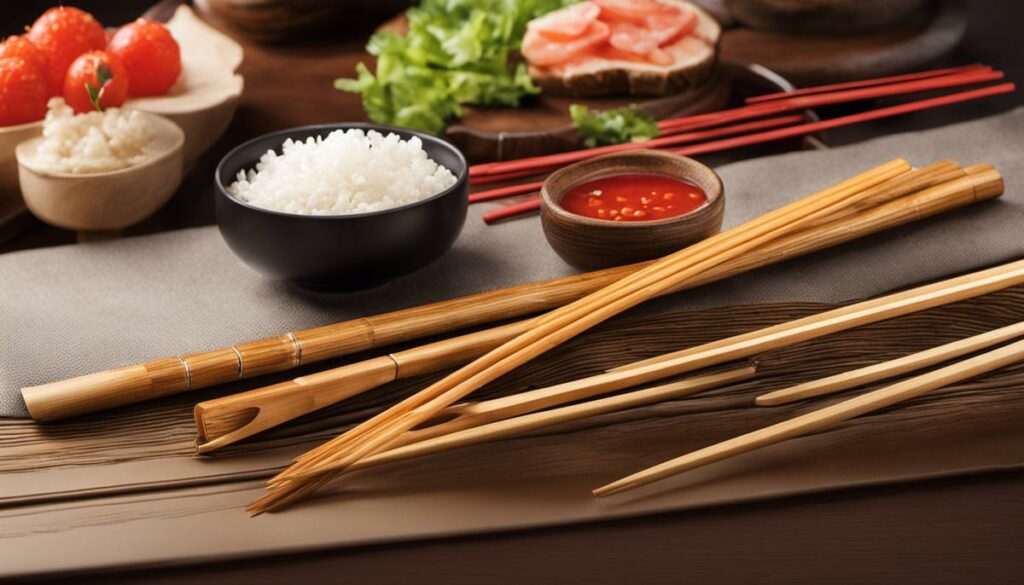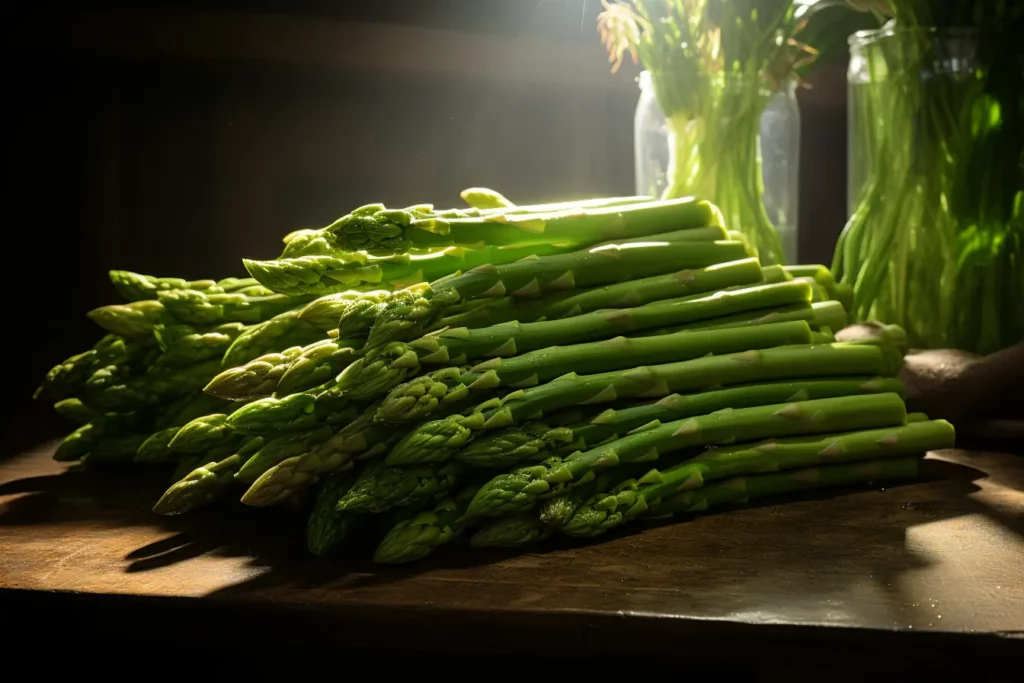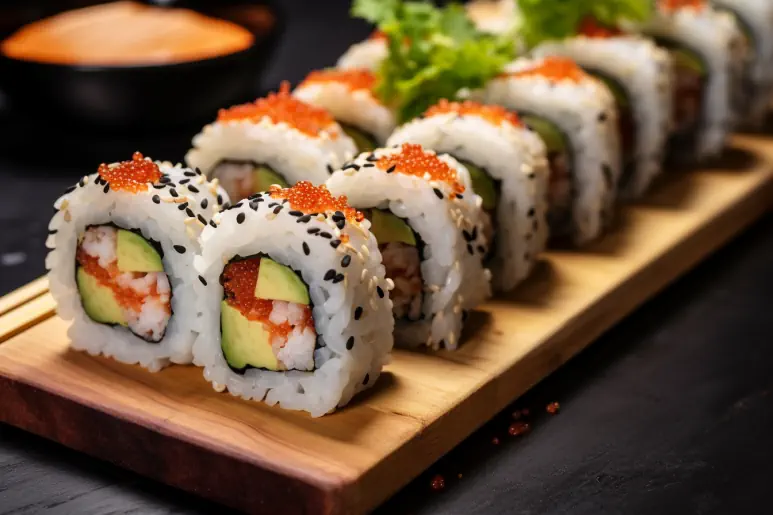Chopsticks are much more than mere utensils for eating. Embodying culture, tradition, and craftsmanship, they offer a uniquely delicate and superior way to maneuver food to our convenience. Based on such importance, chopsticks should be carefully selected. Whether it’s the material they’re made from, their shape and size, or the way they’re cared for, all of these aspects help define the perfection of your chopsticks. In this regard, the following paragraphs will provide an in-depth understanding and insights on how to choose ideal chopsticks for personal use.
The materials of chopsticks
We live in a world where design and aesthetics are constantly in focus.
Almost every fine-dining lifestyle enthusiast knows that the right choice and use of chopsticks is an inseparable part of the authentic dining experience.
But what materials are best for chopsticks? Let’s give an insight into this topic.
First of all, we often find bamboo and wood in the world of chopsticks.
Both materials are incredibly sustainable, natural, and respect the environment, which is crucial in today’s society.
Bamboo is also very light and easy to handle and ideal for beginners.
Wood, especially high-quality varieties such as rosewood or sandalwood, offers a stronger and more refined aesthetic and emphasizes the luxurious aspect of a meal.
Stainless steel is also widely used for chopsticks.
This material is extremely durable and easy to clean, making it ideal for everyday use.
However, despite their endurance, stainless steel chopsticks are often heavier and can be a bit unwieldy for beginners.
For those who are interested in modern design and functionality, titanium and fiberglass chopsticks are an interesting choice.
These materials are not only incomparably durable, but also lightweight and offer remarkable grip.
They are often the ultimate accessory for gourmets.
Ceramic and porcelain chopsticks are mainly used in upscale gastronomy or on special occasions.
Their artful look and fine workmanship make them the perfect choice for an elegant and special dining experience.
Ultimately, the choice of chopstick material should be a combination of personal taste, needs and budget.
Whether bamboo, wood, stainless steel, titanium, fiberglass, ceramic or porcelain, choosing the right material can greatly influence and enrich the dining experience.
In a world where details have become so important, investing in high-quality chopsticks can make a seemingly small but significant difference.
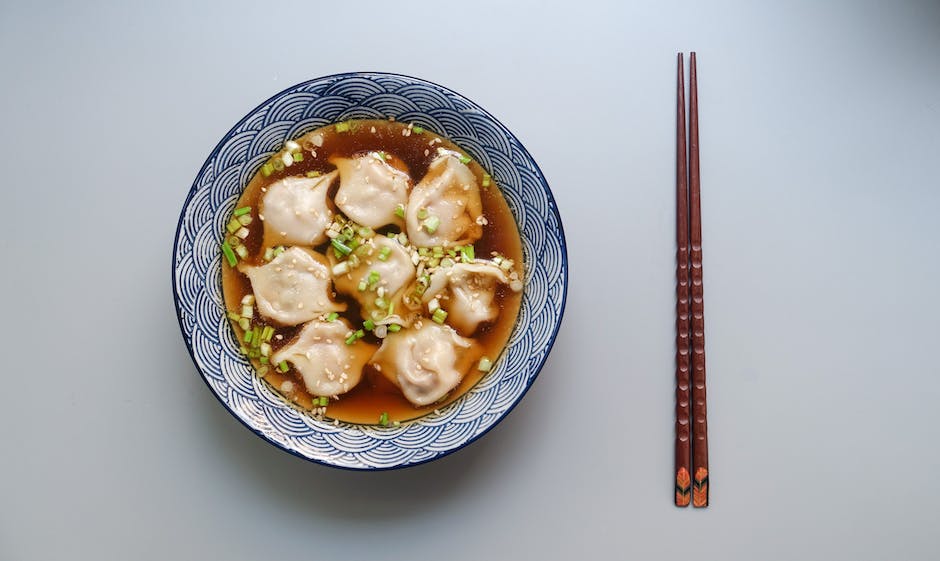
The correct shape and size of chopsticks
One consideration that is often overlooked is the way the shape and size of the chopsticks affect the eating experience.
Imagine you’re sitting in an elegant restaurant and you’re confronted with a platter of sushi.
Now you are faced with the problem of grabbing the perfectly rolled up delicacy with your chopsticks.
The question is, what type of chopsticks best suit your style, needs, and abilities?
In Japan, for example, the average chopstick lengths for adults are about 23 cm for men and 21 cm for women.
Length can make a big difference in ease of use.
Longer chopsticks require more coordination and stability, but they can keep our hand and wrist in a more natural and comfortable position.
Short chopsticks, on the other hand, tend to be easier to handle and are perfect for children or people with smaller hands.
The shape of the chopsticks can also affect their handling and functionality.
Flat, square or round sticks, the end can be cone-shaped or simply cut straight.
Flat or square chopsticks allow us to grip and hold the food better, while round chopsticks tend to be more slippery and difficult to maneuver.
The diameter of the chopsticks is not only for aesthetics, but also plays an important role in handling.
Thinner sticks are lighter and allow for more precise movements, while thicker sticks offer more stability and a better grip.
Choosing the right combination of shape and size of chopsticks can turn the food into a work of art.
Therefore, it is important to find the perfect balance between aesthetics and functionality, stability and ease of use, and comfort and style.
In the right combination, chopsticks can become something far more than just a tool for grabbing and holding food.
They can actually subtly affect the way we perceive and appreciate food.
Although you may have been eating with the same pair of chopsticks for a long time, these small changes in shape and size could revolutionize your eating habits and experiences.
The next time you’re sitting at a table and your food is presented on a platter, remember: it’s the little things that matter the most.
After all, in our world, refinement means not only quality materials and aesthetically pleasing design, but also attention to details that can beautify and enhance the culinary experience.

Caring for your chopsticks
Style shaped by the shape and size of the chopsticks
The shape and size of chopsticks can significantly affect the overall eating experience. Every detail, from the length and thickness to the material chosen, can shape your enjoyment of food and your handling of the eating tool.
Different lengths of chopsticks and their effects on their usability
Chopsticks come in a variety of lengths, but each has its advantages. Longer chopsticks allow the user to grab food from a long distance, while shorter chopsticks provide better control and precision.
Advantages of longer and shorter chopsticks
While longer chopsticks make it easier to grasp from a distance, shorter chopsticks offer improved control and precision, which is especially evident with fine foods.
Various shapes of chopsticks and their effects on handling and functionality
In addition to length, the shape and design of chopsticks can also significantly affect their ease of use. Choosing between round, square, or spiral chopsticks can significantly affect your eating experience.
Chopstick diameter in handling and precision
In addition to the shape, the diameter of the chopsticks can also make a significant difference in handling. However, it is important to find the right diameter for your hand size to ensure comfortable and precise control.
The right balance between aesthetics and functionality in the choice of chopsticks
Chopsticks are not only a practical tool, but also a style statement. On the one hand, it is important to choose chopsticks whose handling and functionality suit you. On the other hand, it is equally important to choose chopsticks that support and promote food on an aesthetic level.
How chopsticks can affect the perception and appreciation of food
The effect of chopsticks on the perception and appreciation of food should not be underestimated. The right chopsticks can significantly affect taste perception through the way they present and serve the food.
The potential revolutionization of eating habits and experiences through small changes in the shape and size of chopsticks
Even though chopsticks are a simple tool, subtle changes in shape and size can revolutionize the way we eat, resulting in a truly unique dining experience.
Attention to detail in enhancing the culinary experience
When deciding on new chopsticks, it is crucial to pay attention to details. While the choice of materials and design play a role, subtle factors such as shape and size can also make the difference between a good dining experience and a great one.
That’s the charm of good chopsticks – they’re more than just a tool, they’re part of the experience. And as is often the case with great things, it’s often the little things that make the big difference.
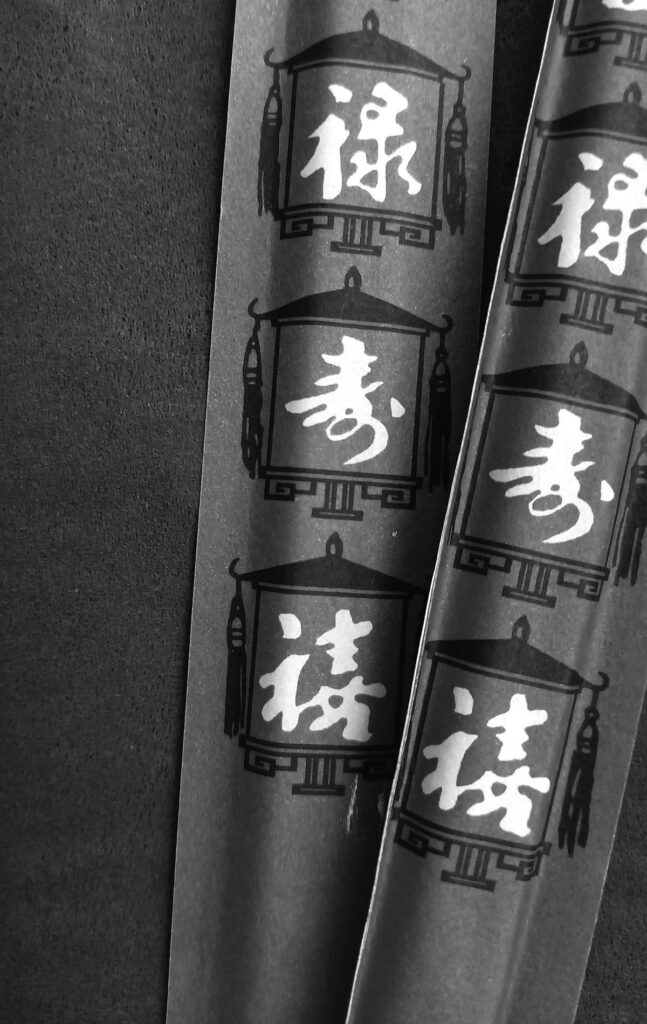
After all these explanations, it can be said that the perfect pair of chopsticks is not determined by price or brand, but by your personal preference and convenience. The quality of the material, the shape and the size of the chopsticks play a crucial role in the selection. Equally important is the proper care of your chopsticks to guarantee their longevity. Therefore, chopsticks should be seen as valuable tools that enrich not only our culinary experience, but also our respect for the foods and cultures they represent.
